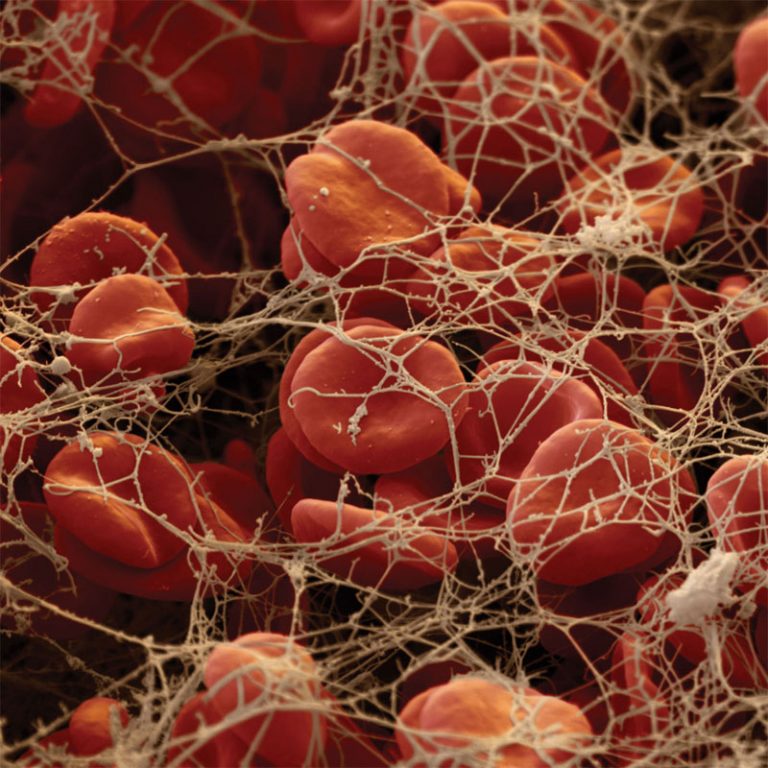
Simplifying science. Deep dives weekly where I explain phenomena in physics, biology, math, chemistry. Home of Scientist Sunday🤓
2 subscribers
How to get URL link on X (Twitter) App





















 Let's break down the difference between "fact", "law", and "theory" in science. A "fact" is an observation that's been repeatedly confirmed. It's a fact that an apple falls to the ground when dropped.⬇️2/6
Let's break down the difference between "fact", "law", and "theory" in science. A "fact" is an observation that's been repeatedly confirmed. It's a fact that an apple falls to the ground when dropped.⬇️2/6 

 Born Hedwig Eva Maria Kiesler in Austria, she made her film debut in the controversial Czech film "Ecstasy" (1933), gaining her recognition in Europe. In 1937, she fled from her controlling husband, who was associated with fascist leaders in Europe, and moved to Hollywood.⬇️2/6
Born Hedwig Eva Maria Kiesler in Austria, she made her film debut in the controversial Czech film "Ecstasy" (1933), gaining her recognition in Europe. In 1937, she fled from her controlling husband, who was associated with fascist leaders in Europe, and moved to Hollywood.⬇️2/6 

 If a pathogen breaches physical barriers like skin or mucus, our Complement System comes into play. It identifies, tags, and even perforates pathogens! Tagged pathogens attract macrophages to engulf and destroy them. Complement helps distinguish self from non-self.⬇️(2/6) twitter.com/i/web/status/1…
If a pathogen breaches physical barriers like skin or mucus, our Complement System comes into play. It identifies, tags, and even perforates pathogens! Tagged pathogens attract macrophages to engulf and destroy them. Complement helps distinguish self from non-self.⬇️(2/6) twitter.com/i/web/status/1…

 Harlow Shapley, an American astronomer (1885-1972), began by studying the distribution of globular clusters (dense collections of ancient stars) in the sky. He noted that these clusters were not uniformly distributed, but instead were more concentrated in one part of the sky⬇️2/
Harlow Shapley, an American astronomer (1885-1972), began by studying the distribution of globular clusters (dense collections of ancient stars) in the sky. He noted that these clusters were not uniformly distributed, but instead were more concentrated in one part of the sky⬇️2/ 


 Meitner, along with her nephew Otto Frisch, interpreted the results using Einstein's E=mc^2 to explain the observed energy release. They realized that the splitting of the atomic nucleus into smaller nuclei released a significant amount of energy.⬇️2/4
Meitner, along with her nephew Otto Frisch, interpreted the results using Einstein's E=mc^2 to explain the observed energy release. They realized that the splitting of the atomic nucleus into smaller nuclei released a significant amount of energy.⬇️2/4 



